Blushing/Hyperpyrexia of the face Neck Chest. "treatment options"
Hyperhidrosis - face, scalp, hands, axillae. "Treatment--Options"
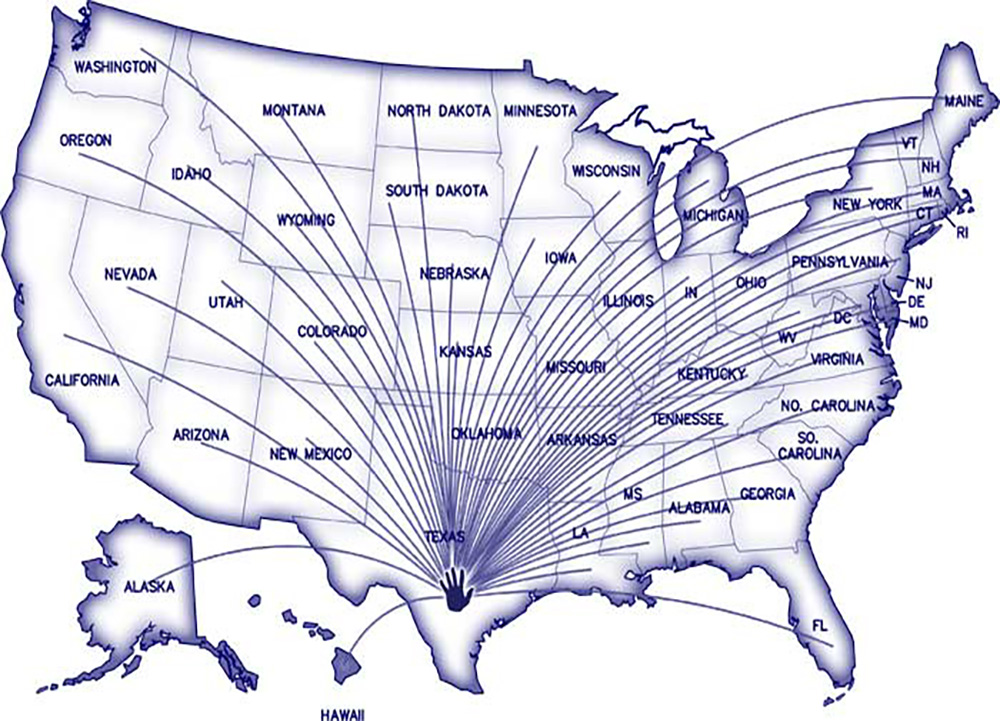
Raynaud's of hands. "Treatment Options"
Micro ETS Technique
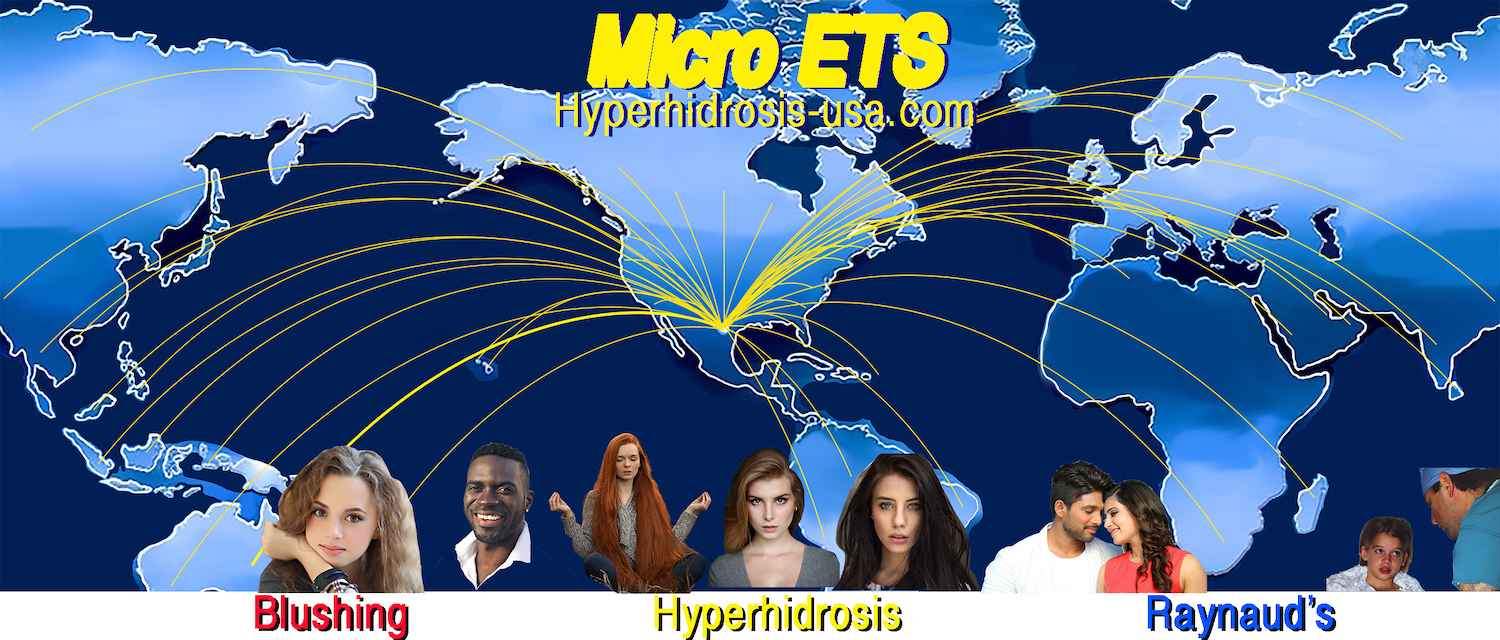
Micro ETS™ Effective treatment for Blushing, Hyperhidrosis, Raynaud'S, SVT & Migraines.
Hyperhidrosis is a hereditary condition caused by an overactive sympathetic nervous system affecting an estimated 7.8 million Americans. Symptoms include excessive sweating of the face, scalp, hands, neck, armpits, or feet. It is associated with Raynaud's Disease (cold hands that often change colors because of hypersensitivity to temperature change), and facial blushing/burning. What many people do not know is that there is effective treatment for sweaty face, sweaty palms, blushing/burning of the face, and Raynaud's Disease. Conservative treatments are recommended before considering surgery. If alternate treatment options have been ineffective in stopping blushing/burning of the face, excessive sweating of the face/scalp/hands/underarms, then Micro ETS could be your solution.
Micro ETS™ blog
- A resource to those who suffer from Blushing/Burning of the face.
- A resource to those who suffer from Excess Sweating of the face, scalp, hands, underarms.
- A Resource to those who suffer from Cold hands and Fingers.
- See their Journeys to improve such severe symptoms.
- Treatment and cure options are shared.
- Many have found joy and happiness after Improvement in their symptoms.

Patient Spotlight
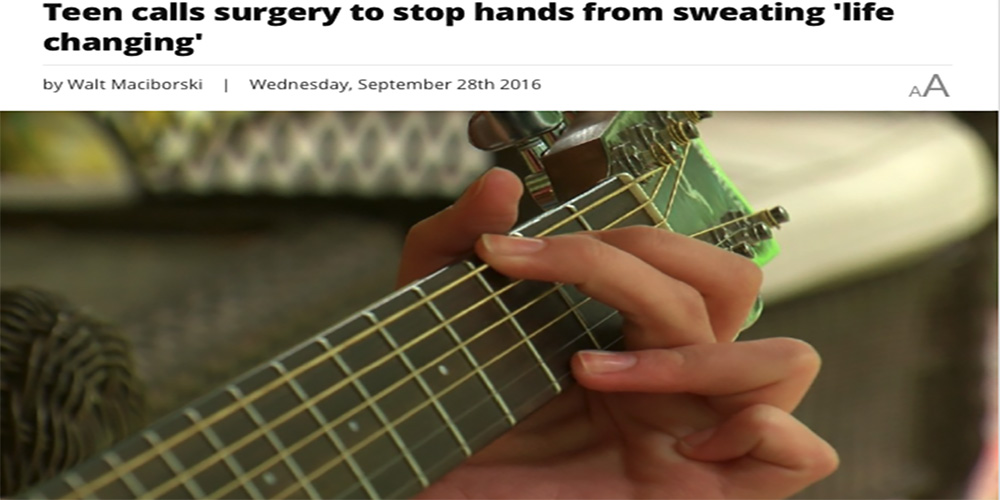
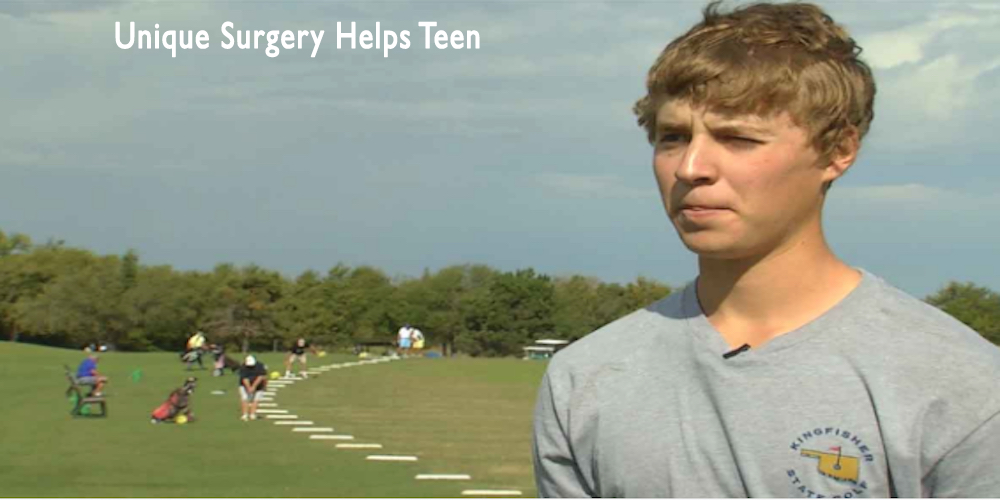
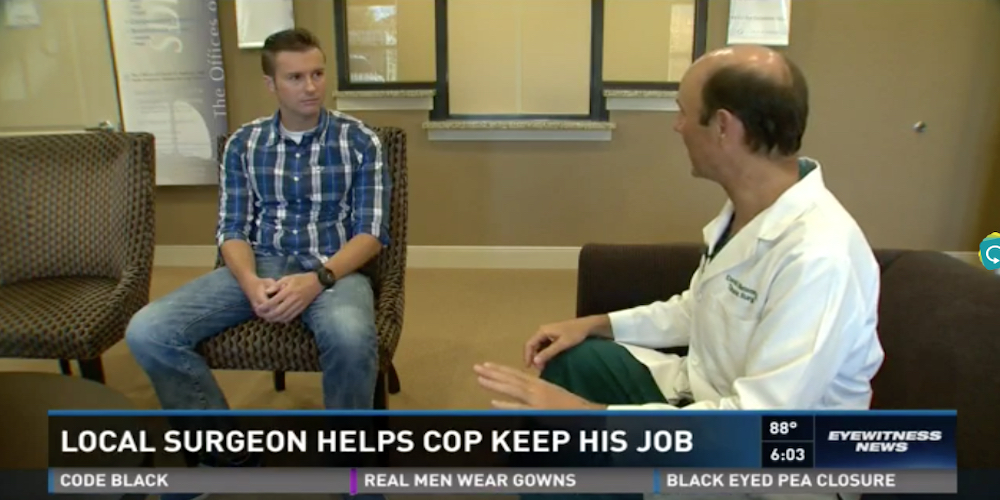
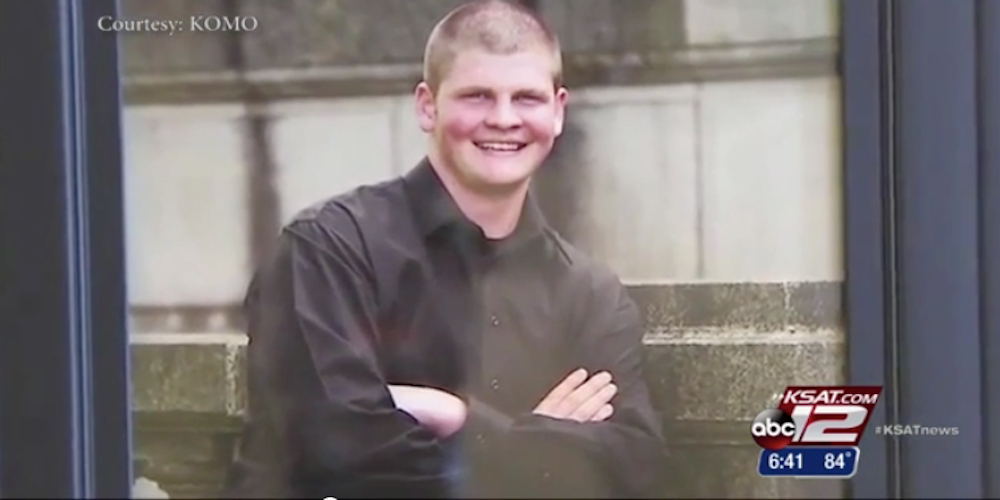
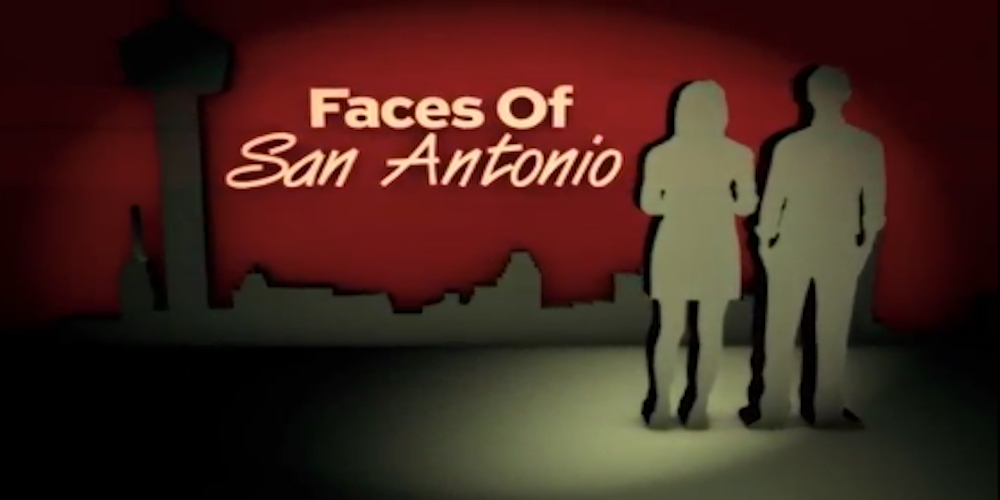
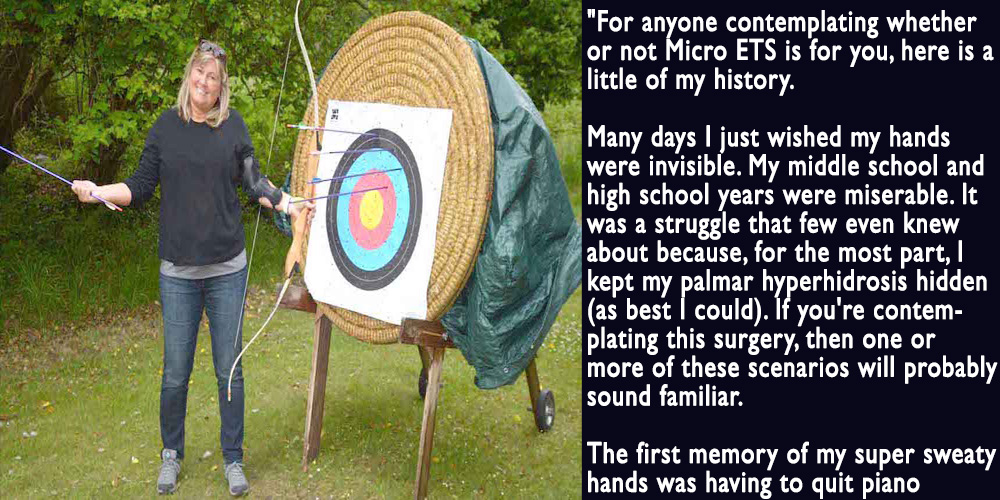
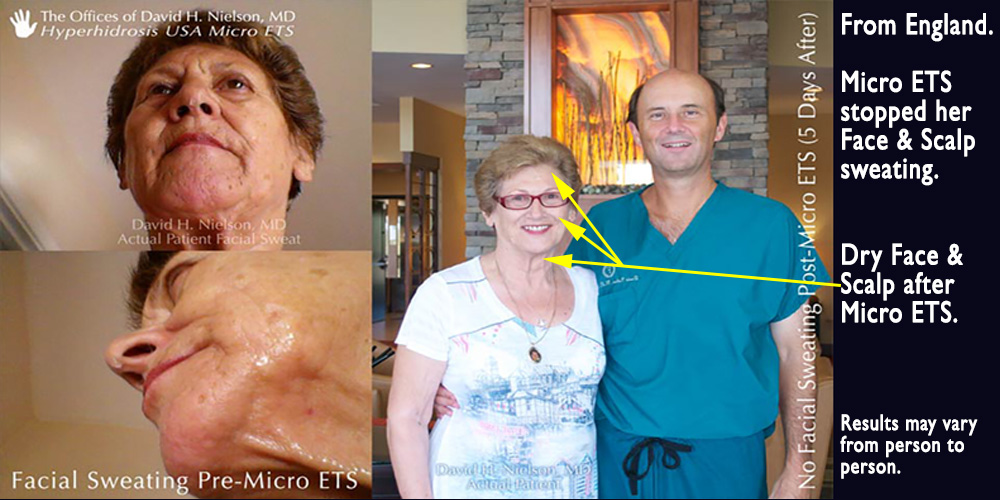
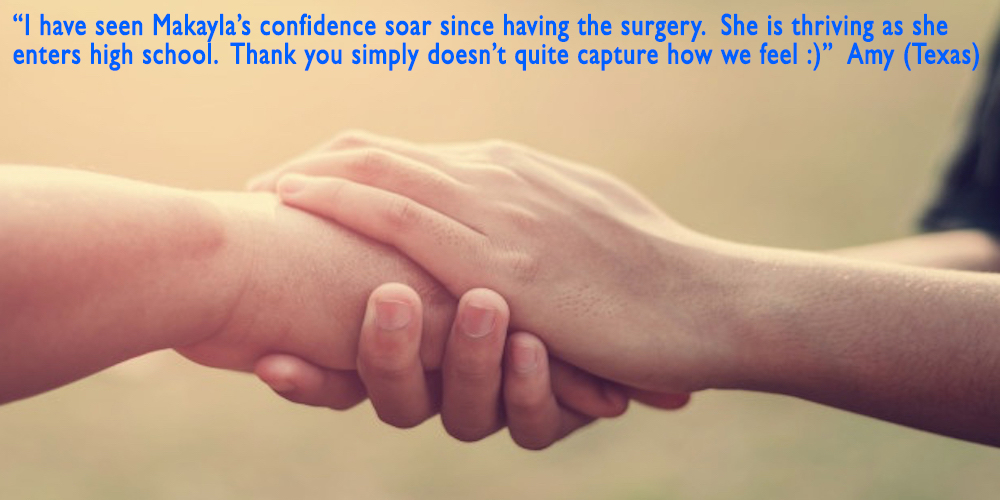
Micro ETS™ Offered exclusively by Dr Nielson.
Micro ETS™ is offered to treat conditions of Blushing/Hyperpyrexia (burning) of the face/neck/chest, Hyperhidrosis (face, scalp, neck, hands, axillae), Raynaud's of the hands (cold fingers), SVT (supraventricular tachicardia), and Migraines.
Board certified as a thoracic surgeon, Dr. Nielson has performed over 7000 procedures with his minimally invasive Micro Single Incision (1/12th innch) endoscopic technique (Micro ETS™). He is one of the most experienced endoscopic thoracic surgeons performing ETS surgery. Experience performing this surgery is essential in obtaining high efficacy (success) when treating Blushing/hyperpyrexia of the face, Hyperhidrosis of the face, scalp, neck, hands, axillae and Raynaud's of the fingers (cold fingers). Dr. Nielson revolutionized endoscopic surgery by developing Micro Endoscopic Thoracic Sympathectomy (Micro ETS™) - single 1/12th inch incision per underarm, no collapsing of the lungs, no dissection of the nerve from the inner chest wall to find the nerve.
His Micro ETS™ procedure is the least invasive, most advanced surgery for those suffering from emotionally triggered Blushing/Burning of the face, Hyperhidrosis (profuse sweating) of the face, scalp, hands, underarms), Raynaud's of the fingers, SVT (supra ventricular tachycardia and Migraines . During the procedure, Dr. Nielson makes a tiny, single incision, 1/12 of an inch under each arm. Using microscopic instruments, Dr. Nielson is able to navigate behind the lung (which is not collasped) to the sympathetic nerve without dissecting or digging the nerve out from the chest wall tissue at all to find it. Improvement is seen immediately after Dr. Nielson divides the sympathetic nerve at the 2nd rib head, first on the right side and then on the left side. Patients are ready to be discharged from the ambulatory surgery center one to two hours later with followup examination in his office the next morning. Patients can return home right after by plane or car.
Questions to ask when considering Micro ETS™ --> less invasive
- ONE tiny incision, 1/12th of an inch, per side.
- No collapse of the lungs (so smaller breathing tube can be used).
- No dissection of the nerve required to find it -- no Horner's.
- Tiny accessory nerve branches, if present, are easily seen and divided without digging in and disturbing the chest wall tissue to find them.
- Patient is laying flat in supine position, no trauma to arm nerves (brachial plexus).
- A highly experienced surgeon is critical in achieving the highest success rates, anatomy may vary from patient to patient and being very familiar with different nerve pathways is inportant in order to achieve the highest success rates.
- Experience, Frequency of Performing the Procedure, Minimally Invasive Technique, Tiny Instruments --> All matter!
